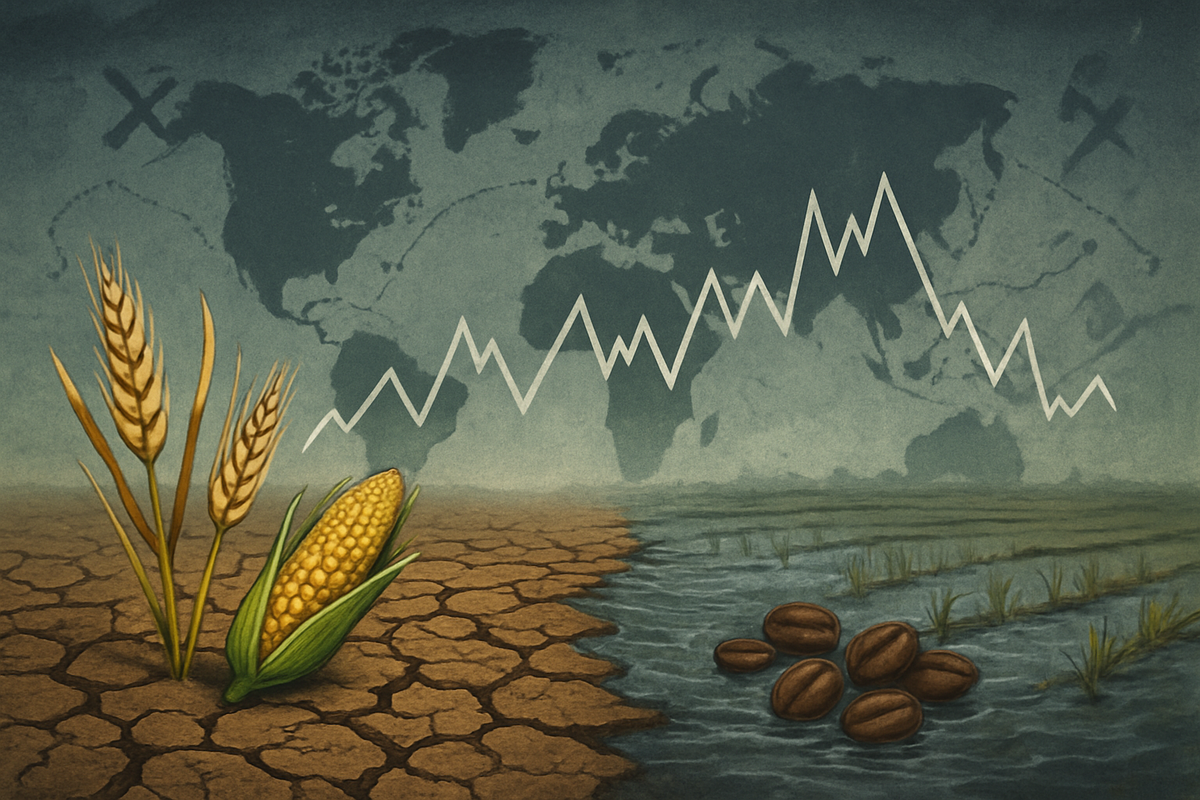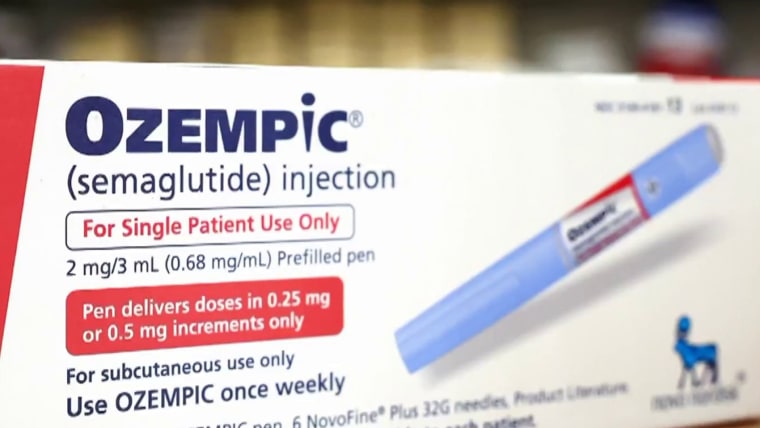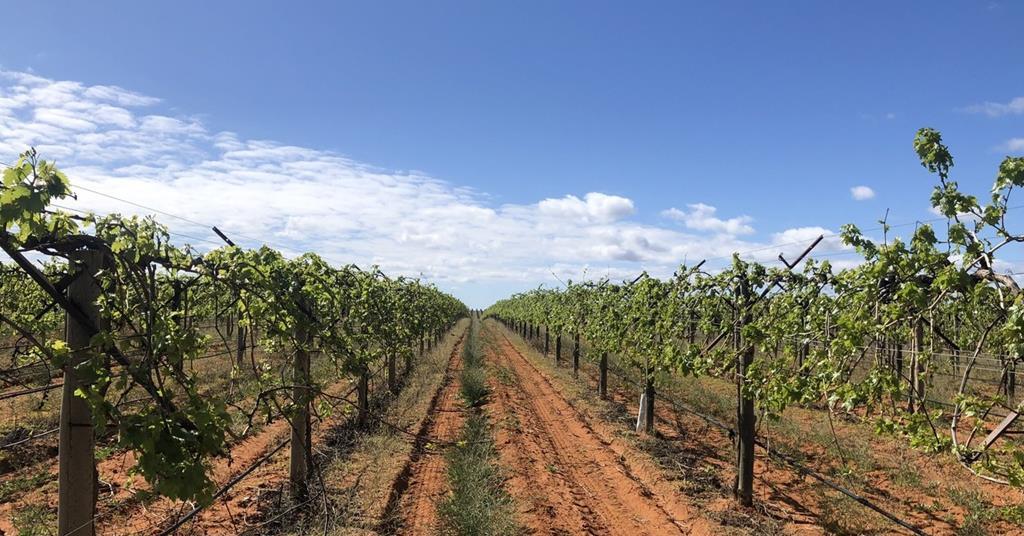Haiti: Food Security Outlook, October 2025 – May 2026: Persistent insecurity and the effects of Hurricane Melissa maintain Crisis (IPC Phase 3) and Emergency (IPC Phase 4) food insecurity – ReliefWeb

Haiti Food Security Outlook Report: October 2025 – May 2026
Executive Summary
This report outlines the critical food security situation in Haiti for the period of October 2025 to May 2026. A combination of persistent insecurity, socio-economic instability, and the severe impacts of Hurricane Melissa is projected to maintain Crisis (IPC Phase 3) and Emergency (IPC Phase 4) levels of food insecurity. These conditions severely undermine Haiti’s progress towards key Sustainable Development Goals (SDGs), particularly SDG 2 (Zero Hunger) and SDG 16 (Peace, Justice and Strong Institutions). An estimated 3.0 to 3.49 million people will require urgent food assistance during this period, with needs expected to peak between April and May 2026.
Key Drivers of Food Insecurity and Setbacks to SDGs
Persistent Insecurity and its Impact on SDG 16
The primary driver of the humanitarian crisis is pervasive gang violence, which directly contravenes the objectives of SDG 16 (Peace, Justice and Strong Institutions). The consequences include:
- Forced displacement of populations, creating a large-scale internal displacement crisis.
- Significant disruption to income-generating activities, hindering progress on SDG 8 (Decent Work and Economic Growth).
- Impeded market functions and humanitarian access, exacerbating food shortages.
Internal Displacement and Challenges to SDG 1 and SDG 11
The crisis has resulted in a significant internally displaced population (IDP), creating challenges for SDG 1 (No Poverty) and SDG 11 (Sustainable Cities and Communities).
- IDP Population: Over 1.4 million individuals are recorded as internally displaced across Haiti.
- Precarious Conditions: Approximately 210,000 IDPs reside in precarious sites within the Port-au-Prince Metropolitan Area (ZMPP).
- Loss of Livelihoods: Displaced populations have lost their primary means of income and are heavily dependent on intermittent humanitarian aid.
- Service Access: IDPs face extremely limited access to markets, food, and essential services, further entrenching poverty.
Climate Shock: Hurricane Melissa and its Effect on SDG 2 and SDG 13
The passage of Hurricane Melissa highlights Haiti’s vulnerability to climate-related disasters, impacting SDG 13 (Climate Action) and severely affecting food production systems central to SDG 2 (Zero Hunger).
- Agricultural Losses: The hurricane caused extensive losses of autumn crops and livestock across the Grand Sud region (Sud, Sud-Est, Nippes, Grand’Anse) and parts of Ouest and Artibonite.
- Infrastructure Damage: Critical transportation infrastructure, social facilities, and IDP shelters sustained significant damage from flooding.
- Compromised Food Access: These impacts have diminished household income and food access, increasing the number of people in need of assistance.
Economic Instability and its Threat to SDG 2
High inflation and rising food prices are eroding household purchasing power, making it impossible for many to afford a basic diet and directly undermining efforts to achieve SDG 2 (Zero Hunger).
- General Inflation: The national inflation rate remains high, recorded at 31.9 percent in September 2025.
- Food Inflation: The cost of food has risen even more sharply, with food inflation exceeding 35 percent.
- Price Volatility: Food commodity prices remain significantly above the five-year average, placing immense pressure on the most vulnerable households.
Projected Food Insecurity Outcomes (October 2025 – May 2026)
Geographical Areas of Concern
The convergence of these factors is expected to result in severe food insecurity outcomes across the nation.
- Emergency (IPC Phase 4): This highest level of alert is anticipated for Cité Soleil, parts of Port-au-Prince, Croix-des-Bouquets, and among IDPs in the ZMPP. This phase signifies a near-complete loss of livelihoods and a high prevalence of acute malnutrition, a critical failure in achieving SDG 2 and SDG 3 (Good Health and Well-being).
- Crisis (IPC Phase 3): Widespread Crisis outcomes are expected in several other departments, indicating that households are forced to engage in negative coping strategies, such as selling productive assets, which undermines long-term resilience and progress on SDG 1.
Analysis of Sustainable Development Goals in the Article
1. Which SDGs are addressed or connected to the issues highlighted in the article?
- SDG 2: Zero Hunger
- The article’s primary focus is on the severe food insecurity in Haiti. It explicitly mentions “Crisis (IPC Phase 3) and Emergency (IPC Phase 4) food insecurity,” the need for food assistance for “between 3.0 and 3.49 million people,” and the impact of Hurricane Melissa on crops and livestock, all of which directly relate to ending hunger and ensuring food security.
- SDG 1: No Poverty
- The article highlights factors that exacerbate poverty, such as the disruption of “income-earning activities” due to violence, the loss of livelihoods for internally displaced persons (IDPs), and the reduction of “household purchasing power” caused by high inflation (31.9%).
- SDG 16: Peace, Justice and Strong Institutions
- The “persistence of gang violence” is identified as a root cause of the crisis, leading to “forced displacement of the population” and the disruption of markets and daily life. This directly connects to the goal of reducing violence and promoting peaceful societies.
- SDG 13: Climate Action
- The article details the devastating impact of “Hurricane Melissa,” a climate-related extreme weather event. It describes “extensive losses of autumn crops and livestock” and damage to infrastructure, highlighting the country’s vulnerability to climate hazards and the need for climate resilience.
- SDG 11: Sustainable Cities and Communities
- The issue of displacement is a major theme, with “more than 1.4 million IDPs” recorded. The article describes them living in “precarious sites” with “limited access to markets and essential services,” and notes that Hurricane Melissa damaged “IDP shelter sites,” pointing to challenges in providing safe and sustainable human settlements.
2. What specific targets under those SDGs can be identified based on the article’s content?
- Under SDG 2 (Zero Hunger):
- Target 2.1: End hunger and ensure access to safe, nutritious and sufficient food. The article directly addresses this by classifying large parts of the population under “Crisis (IPC Phase 3)” and “Emergency (IPC Phase 4)” food insecurity, indicating a severe lack of access to sufficient food.
- Target 2.4: Ensure sustainable food production systems and implement resilient agricultural practices. The mention of “extensive losses of autumn crops and livestock” due to Hurricane Melissa shows the vulnerability of Haiti’s agricultural systems and the failure to achieve this target.
- Under SDG 1 (No Poverty):
- Target 1.5: Build the resilience of the poor and reduce their vulnerability to climate-related extreme events and other shocks. The article shows this target is not being met, as Hurricane Melissa severely compromised the “income and food access of affected households.”
- Under SDG 16 (Peace, Justice and Strong Institutions):
- Target 16.1: Significantly reduce all forms of violence. The article’s emphasis on “persistent insecurity,” “gang violence,” and its expansion into new regions demonstrates a direct challenge to achieving this target.
- Under SDG 11 (Sustainable Cities and Communities):
- Target 11.1: Ensure access for all to adequate, safe and affordable housing and basic services. The description of IDPs living in “precarious sites” with “limited access to markets and essential services” points directly to this target.
- Target 11.5: Significantly reduce the number of people affected by disasters. The article highlights the impact of Hurricane Melissa, which caused widespread damage and increased “the number of people in need,” indicating a failure to mitigate disaster effects.
- Under SDG 13 (Climate Action):
- Target 13.1: Strengthen resilience and adaptive capacity to climate-related hazards and natural disasters. The widespread damage to crops, livestock, and infrastructure from a single hurricane illustrates a low level of resilience and adaptive capacity in the affected regions.
3. Are there any indicators mentioned or implied in the article that can be used to measure progress towards the identified targets?
- Prevalence of severe food insecurity:
- The article uses the Integrated Food Security Phase Classification (IPC) scale, specifically mentioning “Crisis (IPC Phase 3)” and “Emergency (IPC Phase 4).” These classifications are direct indicators used globally to measure the severity of food insecurity, relevant to SDG Target 2.1.
- Number of people requiring food assistance:
- The article states that “between 3.0 and 3.49 million people will be in need of food assistance,” providing a quantifiable measure of the population facing hunger.
- Number of internally displaced persons (IDPs):
- The text provides a specific figure: “More than 1.4 million IDPs are recorded in Haiti.” This is a key indicator for measuring the impact of conflict and disasters on populations, relevant to SDG 11 and SDG 16.
- Inflation Rate / Food Inflation Rate:
- The article specifies that “Inflation remains high, reaching 31.9 percent, while food inflation exceeds 35 percent.” These figures are direct economic indicators that measure the loss of purchasing power, affecting progress on SDG 1 and SDG 2.
- Impact of natural disasters:
- The article implies indicators by describing the effects of Hurricane Melissa, such as “extensive losses of autumn crops and livestock” and damage to “key transportation infrastructure, social facilities, and IDP shelter sites.” These qualitative descriptions point to the economic and social impact of disasters, relevant to SDG 1, SDG 11, and SDG 13.
4. Summary Table of SDGs, Targets, and Indicators
| SDGs | Targets | Indicators |
|---|---|---|
| SDG 1: No Poverty | 1.5: Build the resilience of the poor and reduce their vulnerability to climate-related extreme events and other shocks. |
|
| SDG 2: Zero Hunger | 2.1: End hunger and ensure access to safe, nutritious and sufficient food.
2.4: Ensure sustainable food production systems and implement resilient agricultural practices. |
|
| SDG 11: Sustainable Cities and Communities | 11.1: Ensure access for all to adequate, safe and affordable housing and basic services.
11.5: Significantly reduce the number of people affected by disasters. |
|
| SDG 13: Climate Action | 13.1: Strengthen resilience and adaptive capacity to climate-related hazards and natural disasters. |
|
| SDG 16: Peace, Justice and Strong Institutions | 16.1: Significantly reduce all forms of violence. |
|
Source: reliefweb.int
What is Your Reaction?
 Like
0
Like
0
 Dislike
0
Dislike
0
 Love
0
Love
0
 Funny
0
Funny
0
 Angry
0
Angry
0
 Sad
0
Sad
0
 Wow
0
Wow
0
















































:focal(1500,1000)/https://media.globalcitizen.org/a6/9a/a69a4720-d8a1-4715-b596-18738d03c05c/rotary_polio_hero_image.jpg?#)







/countries/sri-lanka/photo-credit---dmc-sri-lanka.tmb-1200v.jpg?sfvrsn=dc298bcc_1#)


















